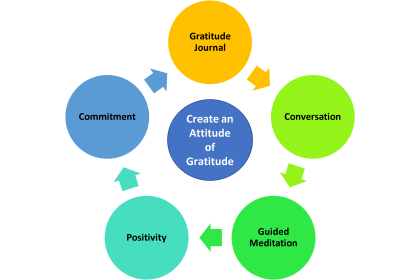Jenny Lewis, Certified Professional Coach
If you’ve ever started a diet only to quit a couple of weeks later, decided to write the great American novel and gave up after the first few pages, or simply tried to give up a bad habit, you know firsthand the challenge of change. One technique used to facilitate change and help individuals to reach their highest potential is the use of affirmations. The use of affirmations can be traced to ancient eastern religions, and its effectiveness is backed by modern neuroscience.
What are affirmations?
Affirmations are words or phrases that evoke a positive focus, such as, “I am strong and beautiful”. They are similar in concept to mantras, which are religious or mystical symbols or poems that are repeated or chanted during meditation. Buddhist and Sanskrit mantras have an ancient history; the word mantra is from the Sanskrit roots, “man”, to think, and “tra” to liberate, meaning that they are an avenue to free one’s mind from thought. (findingsantosha.com, 2012) Mention affirmations to many people and they will think of the hilarious Saturday Night Live character, Stuart Smalley: “I’m good enough, I’m smart enough, and doggone it, people like me!”
Affirmations Are Rooted in Science
Affirmations have some serious scientific backing in the form of neuro-linguistic programming. This system was founded in the 1970’s by two neuro-scientists from the University of Santa Cruz, John Grinder and Richard Bandler. After studying the behaviors of the most exceptional and successful psychotherapists, they theorized that success can be achieved by increasing positive behaviors and decreasing negative ones. (Seems obvious doesn’t it?) They researched the work of linguists such as Alfred Korzybski and Noam Chomsky to understand Meta models: language patterns that unintentionally limit understanding and outcome possibilities. To understand how this works, think of a dog who is kept in the yard with an “underground fence”, an electronic barrier that senses when the dog tries to cross it and delivers a mild shock through the dog’s collar. Limiting thought patterns (Meta models) are like an underground fence: when we try to change a habit, we are knocked back into our “yard”, our set patterns of behavior.




